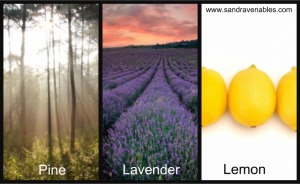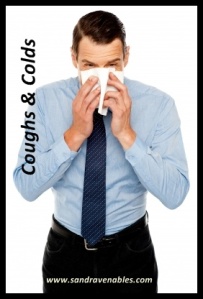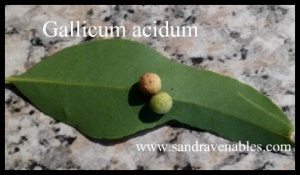When you are facing a challenge in your life journey, often it takes strength and will power to continue on that journey when those challenges occur.
A blend of essential oils that will enhance, support, and allow you to retain the focus on your life journey, regardless of the challenges you are facing is:
Black Pepper (Piper nigrum)
Cypress (Cupressus sempervirens)
Thyme (Thymus vulgaris, ct linalool)
Each of these oils has physical healing properties, as well as an emotional profile. For this blend it was about the emotional profile.
Black Pepper
Physically this essential oil is well known for it’s warming properties, allowing for it’s use in the warming of muscles and joints to allow for more freedom of movement, it’s use in fevers (a homeopathic quality, like cures like) and for it’s ability to break up blockages and remove them, such as an expectorant, anticatarrhal and a digestive.
This ability to break up and remove blockages allows Black Pepper to stimulate the individual to see the blockages that are holding them back in their journey through life, to loosen those blockages and give you direction in your journey. The warming properties also allow you to gather warm and confidence in yourself, and your ability to undertake the direction you have chosen on this journey.
Cypress
Physically this essential oil is well known for it’s calming and anti-spasmodic effects, allowing for it’s use in areas of respiratory conditions and nervous conditions.
This calming and anti-spasmodic effect allows for the individual who is jumping from one idea to another, rapidly going through change, to make the transition from one state to another, or from one path to another, with more calmness and ease. The Cypress in this blend protects and supports you on the rapid change that is unfolding in your Life Journey, allowing you to transition into the next area with ease and without a draining of energy that comes with rapid change and jumping from idea to idea.
Thyme
Physically this essential oil is well known for it’s anti-inflammatory effects, allowing for it’s use in many inflammatory conditions, including respiratory, urinary and skin related inflammations.
This anti-inflammatory aspect allows for the individual to remove the anger from their emotion, and dig into their own strength to follow their Life Journey. Thyme encourages you to be balanced, courageous, calm and supportive while also ensuring there is focus and decisive action being undertaken. This allows you to be strong in your decisions, to ensure you strengthen your will power to remain on your chosen path.
These essential oils combined allow you to transition into change, with ease, will power and strength, while remaining firmly focused on your chosen Life Journey.
For more information on the use of essential oils, refer to my website, http://www.SandraVenables.com






